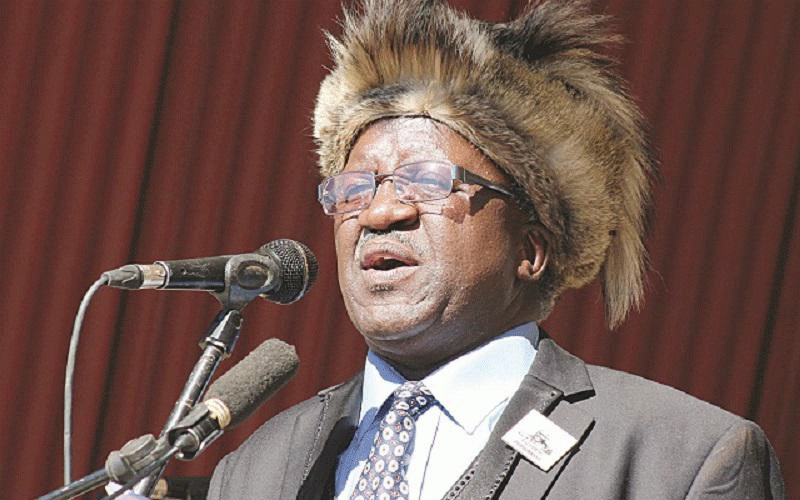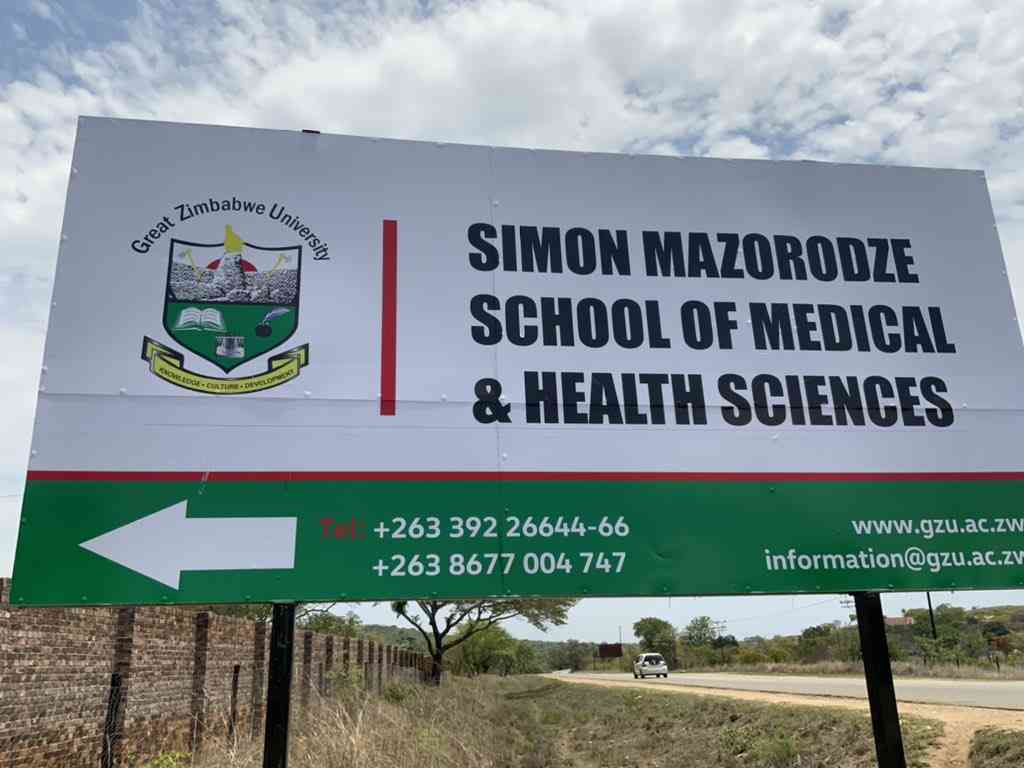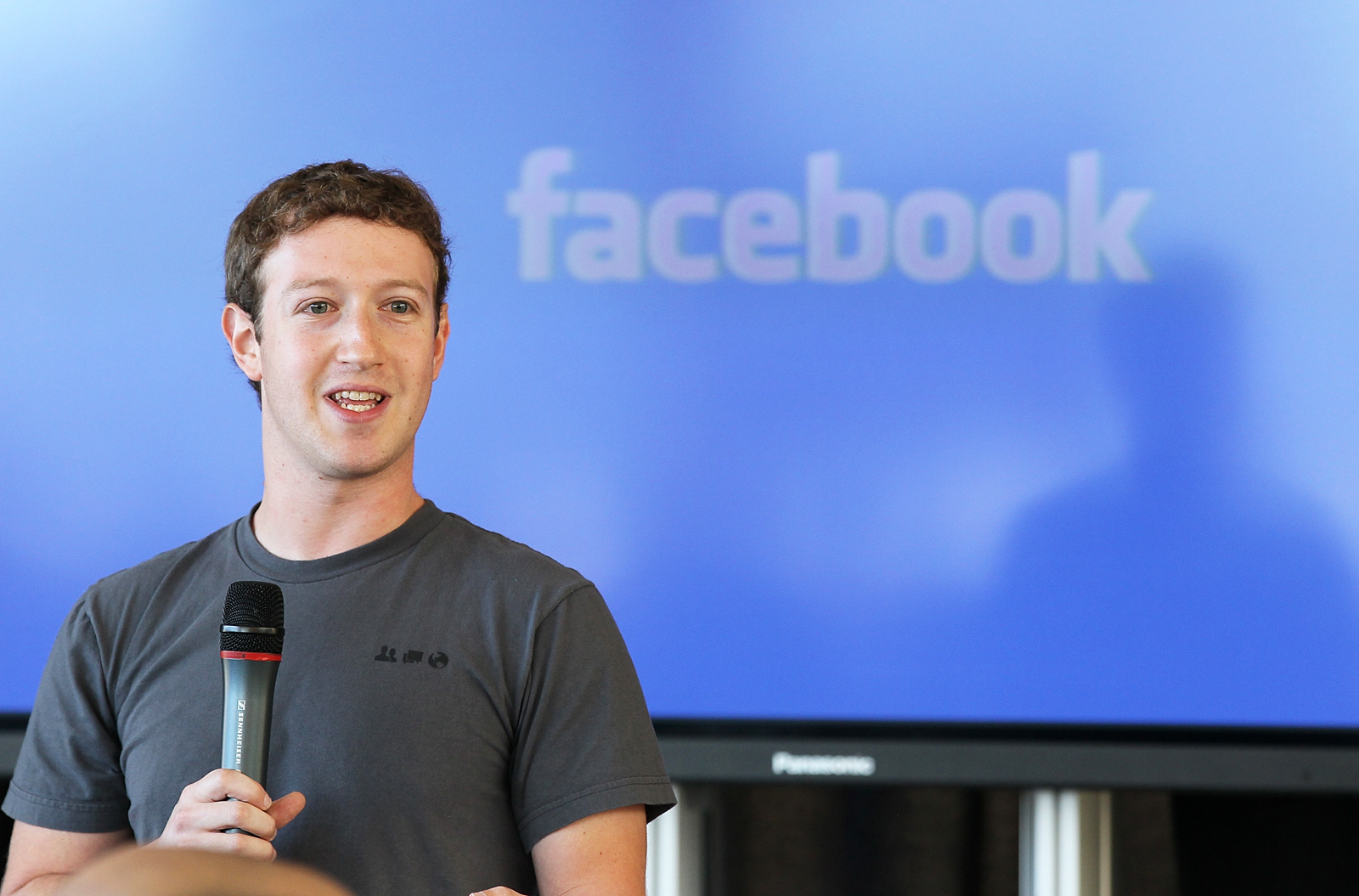
THERE are few torments as relentless as a toothache.
It gnaws at your sanity, robbing you of sleep no matter how exhausted you may be.
Eating becomes an explosive minefield of agony; every bite, sip of coffee or breath of cold air sends a jolt of pain searing through your jaw.
Over-the-counter medication provides temporary relief, if any.
Desperate, you finally summon the courage to visit the dentist, hoping for a solution.
After undergoing X-rays, examinations and tests, you leave without a clear diagnosis, no treatment plan and the same unbearable pain persists.
This is the nightmare of a non-dental toothache, pain that mimics a dental disease, but originates from nerves, muscles or even the heart.
For those affected, it is a medical enigma that transforms daily life into a challenging ordeal.
- Chartered Governance and Accountancy Institute, ZRP join hands
- Lukaku becomes the most expensive player ever
- Chartered Governance and Accountancy Institute, ZRP join hands
- Lukaku becomes the most expensive player ever
Keep Reading
Why does this occur? What can be done when even dentists are unable to identify the cause?
This investigation explores the concealed realm of toothaches that lack a dental origin and the struggle for answers when the pain persists relentlessly.
Signs and symptoms indicative of non-odontogenic toothache include the following: Inadequate local dental cause for the pain, stimulating, burning, non-pulsatile toothaches; constant, unremitting, non-variable toothaches; persistent, recurrent toothaches over months or years; spontaneous multiple toothaches, local anaesthetics blocking of the suspected tooth does not eliminate the pain during a dental procedure as well as failure to respond to reasonable dental therapy of the tooth.
Millions suffer from phantom tooth pain, where the ache is real, but X-rays show no decay, no cracked teeth, no gum disease.
These are non-odontogenic/non-dental toothaches, a growing, often misdiagnosed crisis leaving patients trapped in pain.
The origin of the pain is multifaceted, indicating that it can be attributed to various factors.
Musculoskeletal and neuropathic causes (muscle, skeletal, and nerve-related issues)
(a) Some individuals may experience a sharp, electric-like, paroxysmal pain that affects one side of the face, typically lasting from 10 seconds to 2 minutes.
This condition, known as trigeminal neuralgia, is often mistaken for a toothache.
The trigeminal nerve is responsible for all functions related to the face as a whole.
Alleviation of this condition can be achieved through either surgical or non-surgical interventions, depending on the severity of the disease.
(b) Temporomandibular joint (TMJ) disorders which come from issues with the joint that connects the skull to the jaw, which is responsible for all movements of the lower jaw.
In these disorders, individuals may experience jaw pain that radiates to the teeth due to joint dysfunction or bruxism (tooth grinding).
(c) Myofascial pain syndrome which is characterised by trigger points in jaw/neck muscles referring pain to teeth, for instance a person may experience pain in the chewing muscles and the pain is indirectly transferred to the teeth adjacent to these muscles.
Alleviating such a toothache can be achieved through a series of warm or cold compresses, muscle stretching, massage and restful sleep.
The primary focus of treatment should be the elimination of the trigger point, that is alleviating pain of the muscle rather than targeting the tooth, but it is not easy to figure out, hence the dentist can be of great help to you in this situation.
Neurovascular causes, which relate to both nerves and blood vessels, are often associated with pain or headaches.
Typically, a “headache” refers to pain that is localised to the cranium or the head.
However, headaches may also manifest as a variant that involves the entire face, including the mouth, thereby mimicking toothache.
The types of headache responsible for this can be either migraine or cluster headaches, in which pain may be redirected to the upper teeth.
The type of migraine without aura, which occurs in the mid-face, has a throbbing and persistent quality similar to that of a toothache.
Patients who experience this condition are referred by their dentist to a neurologist or a general practitioner.
Toothache originating from the sinuses (the spaces responsible for mucus formation, which help to clear your nasal passages of bacteria and facilitates airflow).
Toothache resulting from acute sinusitis (inflammation of the sinuses) frequently occurs in the maxilla on the molar side.
It typically induces nasal congestion and dull headaches.
The toothache is primarily triggered by cold stimulation or chewing.
These patients cannot be treated by the dentist; therefore, they are refferred to an ENT [ear, nose and throat] specialist or a general practitioner.
Cardiac toothache (related to heart disease)
There are numerous reports indicating that toothache can be caused by ischemic heart diseases, such as angina. Mostly, females experience heart attacks more frequently than males.
A heart attack is characterised by a tight, throbbing pain in the chest that may radiate to the face and jaw.
This pain can be aggravated by exercise and at rest improvement occurs.
It is prudent to consult a cardiologist rather than a dentist if the pain you are experiencing is predominantly located in your chest.
Psychogenic toothache: A toothache of psychosocial origin
Toothaches can be associated with stress and mental disorders.
This type of pain is inconsistent as well as unspecific.
It is often challenging for dentists to explain to the patient that their pain could be psycological.
In this case, stress management techniques are required.
If mental disorders are indicated, then a visit to a psychologist or psychiatrist will be of much help.
Non-dental toothaches affect millions of people worldwide and many patients, unfortunately, undergo unnecessary treatment before this condition is correctly diagnosed.
If your dentist refers you to a specialist, it does not imply that you are a write-off, rather, it is in your best interest.
Once a dentist makes such a recommendation, it is quite prudent to go to the other specialist promptly.
Patience Matambo is a final year BSc Dental Surgery student at the People’s Friendship University of Russia. She can be reached at patiencedental2024@gmail.com










